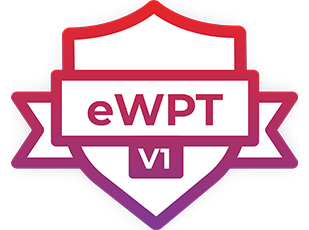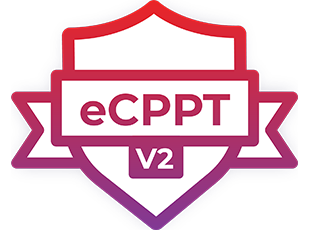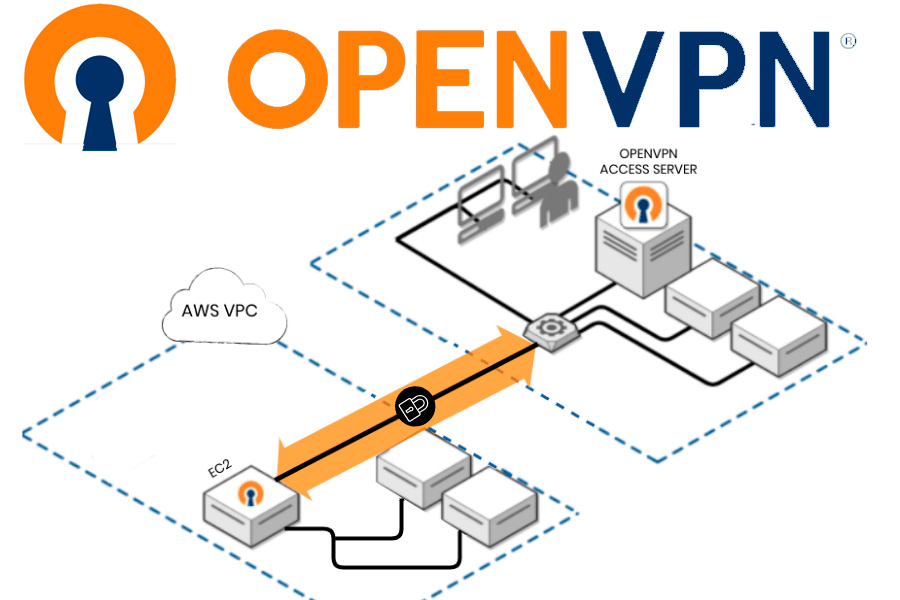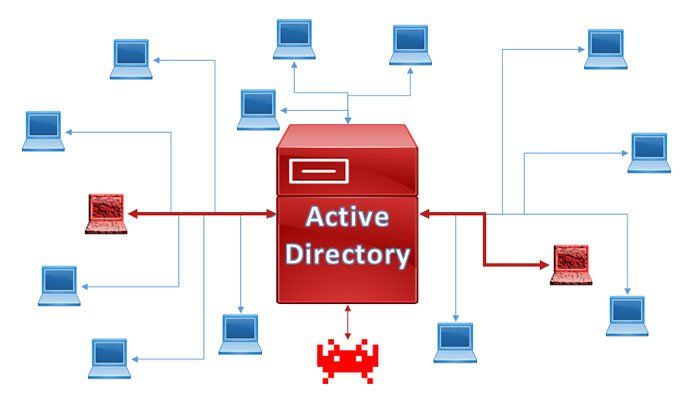HackTricks AzRTE Review
![]() Beginning from foundational principles master your expertise in Azure and EntraID security. Learn to spot and exploit misconfigurations in Azure and EntraID services. Master red teaming and whitebox tactics tailored for these platforms, enabling you to tackle complex security vulnerabilities. This certification course aims to elevate security professionals into specialists in Azure and EntraID security.
Beginning from foundational principles master your expertise in Azure and EntraID security. Learn to spot and exploit misconfigurations in Azure and EntraID services. Master red teaming and whitebox tactics tailored for these platforms, enabling you to tackle complex security vulnerabilities. This certification course aims to elevate security professionals into specialists in Azure and EntraID security.
 The OSCP is a hands-on penetration testing certification, requiring holders to successfully attack and penetrate various live machines in a safe lab environment. It is considered more technical than other ethical hacking certifications, and is one of the few certifications that requires evidence of practical penetration testing skills.
The OSCP is a hands-on penetration testing certification, requiring holders to successfully attack and penetrate various live machines in a safe lab environment. It is considered more technical than other ethical hacking certifications, and is one of the few certifications that requires evidence of practical penetration testing skills.
 The eLearnSecurity Web Application Penetration Tester certification assesses a cyber security professional’s web application penetration testing skills. The exam is a skills-based test that requires candidates to perform a real-world web app pentesting simulation.
The eLearnSecurity Web Application Penetration Tester certification assesses a cyber security professional’s web application penetration testing skills. The exam is a skills-based test that requires candidates to perform a real-world web app pentesting simulation.
 The eCPPT designation stands for eLearnSecurity Certified Professional Penetration Tester. eCPPT is a 100% practical and highly respected Ethical Hacking and Penetration Testing Professional certification counting certified professional in all the seven continents.
The eCPPT designation stands for eLearnSecurity Certified Professional Penetration Tester. eCPPT is a 100% practical and highly respected Ethical Hacking and Penetration Testing Professional certification counting certified professional in all the seven continents.
 The eLearnSecurity Junior Penetration Tester (eJPTv2) is a 100% practical certification on penetration testing and information security essentials. By passing the exam, a cyber security professional proves to employers they are ready for a rewarding new career.
The eLearnSecurity Junior Penetration Tester (eJPTv2) is a 100% practical certification on penetration testing and information security essentials. By passing the exam, a cyber security professional proves to employers they are ready for a rewarding new career.
 VMware is a software company that provides virtualization and cloud computing software and services. Virtualization technology allows multiple operating systems to run on a single physical computer, enabling hardware resources to be shared among multiple virtual machines. This technology helps businesses to reduce costs by increasing server utilization, consolidating servers, and reducing power consumption.
VMware is a software company that provides virtualization and cloud computing software and services. Virtualization technology allows multiple operating systems to run on a single physical computer, enabling hardware resources to be shared among multiple virtual machines. This technology helps businesses to reduce costs by increasing server utilization, consolidating servers, and reducing power consumption.
 OpenVPN is a free software-based connectivity tool: SSL, VPN Virtual Private Network. OpenVPN offers point-to-point connectivity with hierarchical validation of remotely connected users and hosts.
OpenVPN is a free software-based connectivity tool: SSL, VPN Virtual Private Network. OpenVPN offers point-to-point connectivity with hierarchical validation of remotely connected users and hosts.
 The Tor network depends on volunteers who donate bandwidth. The more people keep repeaters running, the Tor network will be better. Today’s Tor network is quite small compared to the number of people who need to use it, which means we need more volunteers like you to launch repeaters.
The Tor network depends on volunteers who donate bandwidth. The more people keep repeaters running, the Tor network will be better. Today’s Tor network is quite small compared to the number of people who need to use it, which means we need more volunteers like you to launch repeaters.
 Whonix is an operating system that utilizes top level security research and best practices to help users stay anonymous on the internet. To protect a user’s anonymity on the Internet on the technological level Whonix uses virtualization and the Whonix-Workstation combined with the Whonix-Gateway to force all connections through the Tor network.
Whonix is an operating system that utilizes top level security research and best practices to help users stay anonymous on the internet. To protect a user’s anonymity on the Internet on the technological level Whonix uses virtualization and the Whonix-Workstation combined with the Whonix-Gateway to force all connections through the Tor network.
 Proxychains-ng is a proxy server that supports HTTP, SOCKS4 and SOCKS5 internet protocols, and that works on Linux / GNU, BSD and Mac OS X distributions. Proxychains-ng allows any TCP connection made by a given program to follow a series of proxies up your destiny. In today’s post, we are going to cover the installation, configuration and usage of proxychains in kali linux.
Proxychains-ng is a proxy server that supports HTTP, SOCKS4 and SOCKS5 internet protocols, and that works on Linux / GNU, BSD and Mac OS X distributions. Proxychains-ng allows any TCP connection made by a given program to follow a series of proxies up your destiny. In today’s post, we are going to cover the installation, configuration and usage of proxychains in kali linux.

 ¡Welcome to my webpage! Amazing things are about to come.
¡Welcome to my webpage! Amazing things are about to come.

 You have been assigned to a client that wants a penetration test conducted on an environment due to be released to production in seven days. The client requests that an engineer conducts an assessment of the provided virtual environment. The client has asked that minimal information be provided about the assessment, wanting the engagement conducted from the eyes of a malicious actor (black box penetration test). The client has asked that you secure two flags (no location provided) as proof of exploitation.
You have been assigned to a client that wants a penetration test conducted on an environment due to be released to production in seven days. The client requests that an engineer conducts an assessment of the provided virtual environment. The client has asked that minimal information be provided about the assessment, wanting the engagement conducted from the eyes of a malicious actor (black box penetration test). The client has asked that you secure two flags (no location provided) as proof of exploitation.
 Link-Local Multicast Name Resolution (LLMNR) and NetBIOS Name Service (NBT-NS) are two name resolution services that Windows machines use to identify host addresses on a network when DNS resolution fails. LLMNR and NetBIOS are enabled by default on modern Windows computers.
Link-Local Multicast Name Resolution (LLMNR) and NetBIOS Name Service (NBT-NS) are two name resolution services that Windows machines use to identify host addresses on a network when DNS resolution fails. LLMNR and NetBIOS are enabled by default on modern Windows computers.
 Cross-Site Scripting (XSS) attacks are a type of injection, in which malicious scripts are injected into otherwise benign and trusted websites. XSS attacks occur when an attacker uses a web application to send malicious code, generally in the form of a browser side script, to a different end user.
Cross-Site Scripting (XSS) attacks are a type of injection, in which malicious scripts are injected into otherwise benign and trusted websites. XSS attacks occur when an attacker uses a web application to send malicious code, generally in the form of a browser side script, to a different end user.